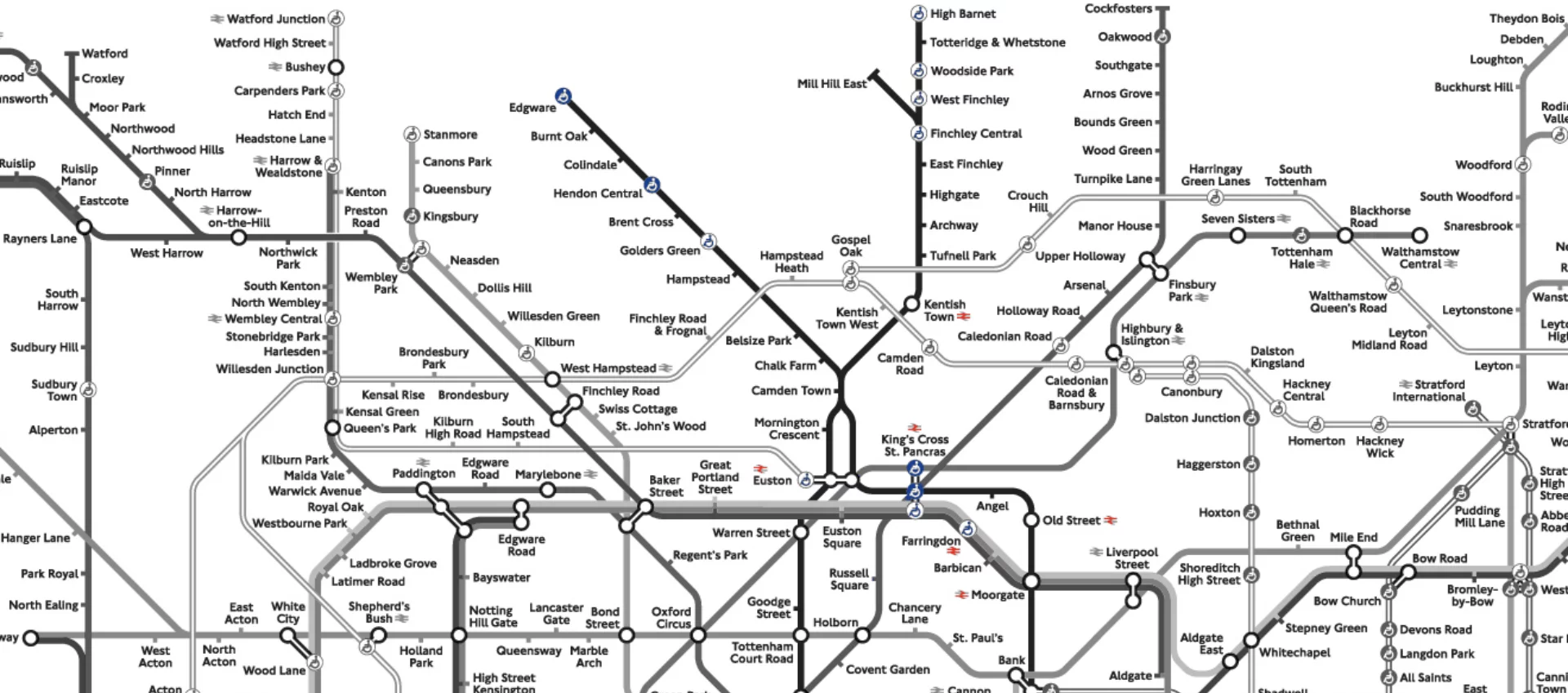So, as you may or may not know we created a massive list containing An Interesting Fact About Every London Tube Station.
But because it’s so big, we also created a little splinter list dedicated to stations on The Northern Line – a list which, lo and behold, you’ll find on this very page – starting with, High Barnet.
High Barnet
Is situated on the hill that’s thought to be the inspiration for the nursery rhyme ‘The Grand Old Duke of York’.
Totteridge & Whetstone
Was originally named ‘Whetstone and Totteridge’, owing to the fact that it is in Whetstone. But the name was switched, for reasons we still can’t tell.
Woodside Park
Alphabetically, the last name on the entire Tube network.
West Finchley
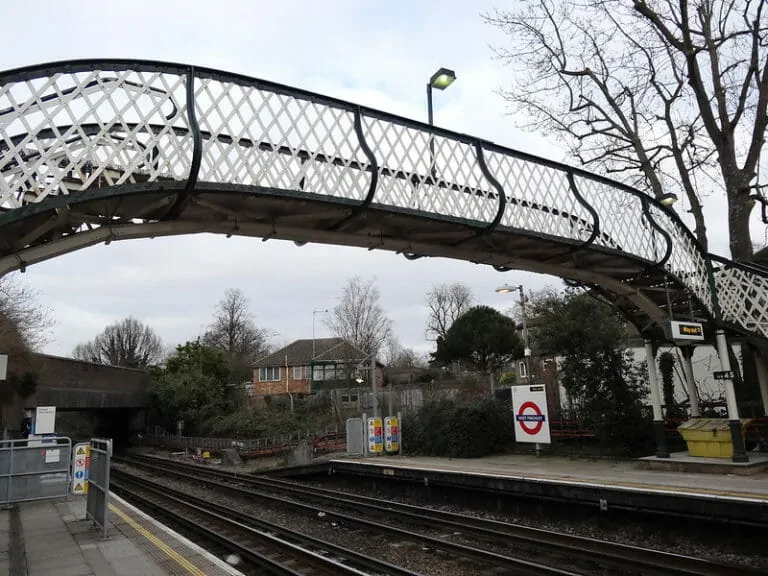
Ian Wright / Flickr
Made predominantly from fittings taken from other stations in the North of England. The bridge apparently came from Yorkshire.
Mill Hill East
Features a viaduct in which trains travel 18m above ground – the highest point on the Underground network.
Finchley Central
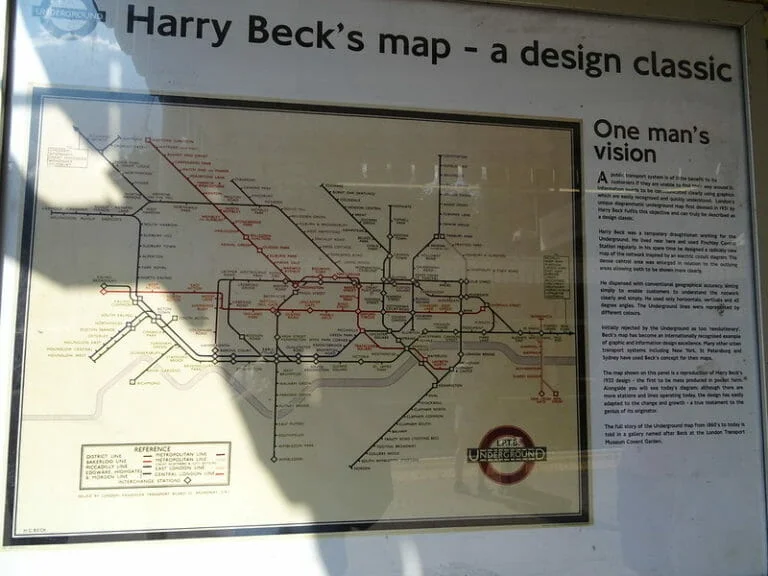
Andy Aldridge / Flickr
Has an original copy of the Harry Beck Tube map on display; he lived nearby and used the station frequently.
East Finchley
Jerry Springer was born in the station during an air raid in WW2.
Highgate
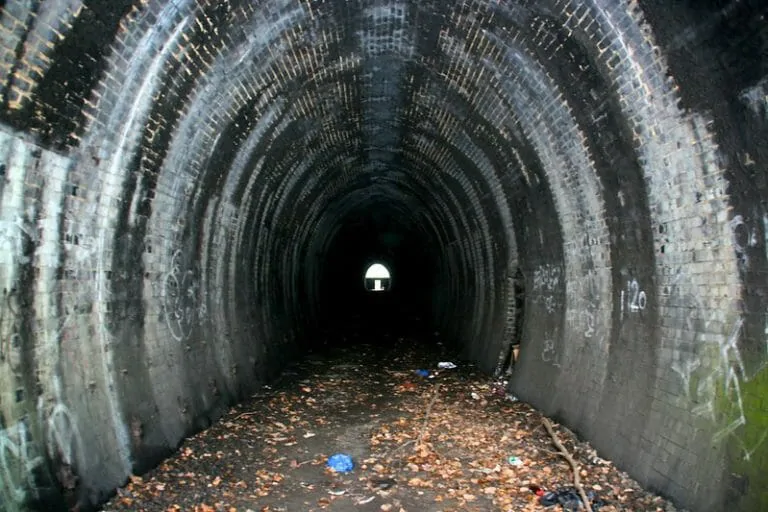
David Jones / Flickr
The disused platforms and tunnels have sometimes been used for filming and have appeared in several productions, including the feature film Paperhouse, and the television series EastEnders and Waking the Dead.
Archway
Hidden in the green and cream tiling pattern at Archway station, there are black arches.
Tufnell Park
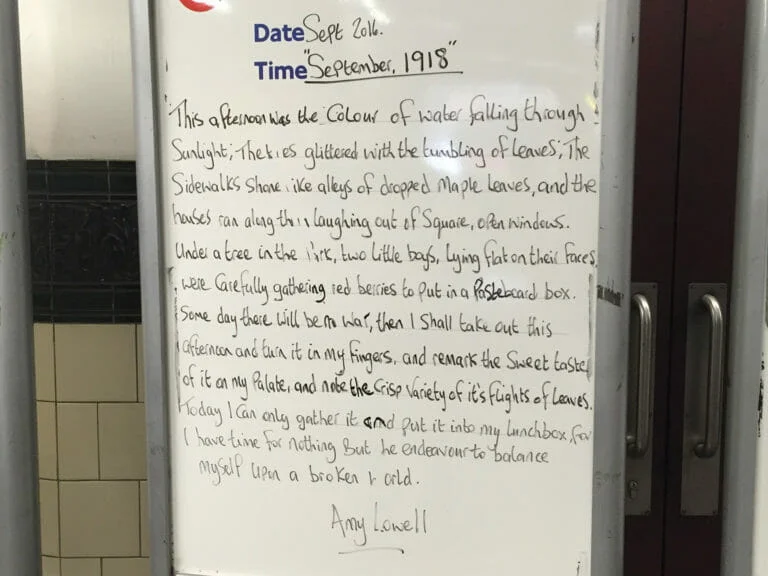
Matt Brown / Flickr
On the service board at Tufnell Park station you’ll find ‘Poetry Corner’, the station staff’s daily selection of poetry by local residents, school children and famous poets, ‘giving passengers something to read while they’re waiting for the lifts’.
Kentish Town
There used to be a South Kentish Town tube station down the road – it became permanently disused after strike action from the power station supplying it caused it to shut down, and they simply never re-opened it due to lack of passenger interest.
Edgware
Was supposed to connect to Mill Hill East, and you can still see the disused track that leads to it…
Burnt Oak
The first ever Tesco was opened just down the road from the station, in 1929. The tins had no labels to keep cost down.
Colindale
Was frequently used by T.E. Lawrence (AKA Lawrence of Arabia) who used the pen name ‘Colin Dale’ during his journalistic career.
Hendon Central
When it was first built, the station was surrounded by fields – the town was essentially constructed around it.
Brent Cross
Brent Cross station was named after the shopping centre when it opened nearby in 1976.
Golders Green
Was the last station on the Northern line to retain semaphore signals, replaced in 1950.
Hampstead
The deepest station on the line, at 58m below ground – that’s more than Nelson’s Column.
Belsize Park
The sign says 219 steps… but there are actually 189.
Chalk Farm
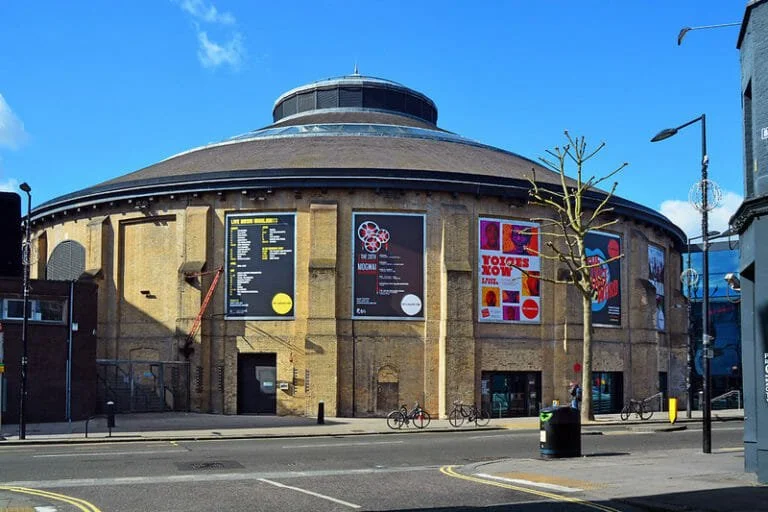
George Rex / Flickr
George Rex / Flickr
The Roundhouse next door used to be a railway turntable servicing the station.
Camden Town
Because the station is so busy at weekends, they’re planning on rebuilding it, and demolishing Camden Market in the process.
Mornington Crescent
Is the subject of a deliberately incomprehensible gameshow on BBC Radio 4, in which there are no rules.
Euston
Has a bench made from 450million year old stone outside of it.
Warren Street
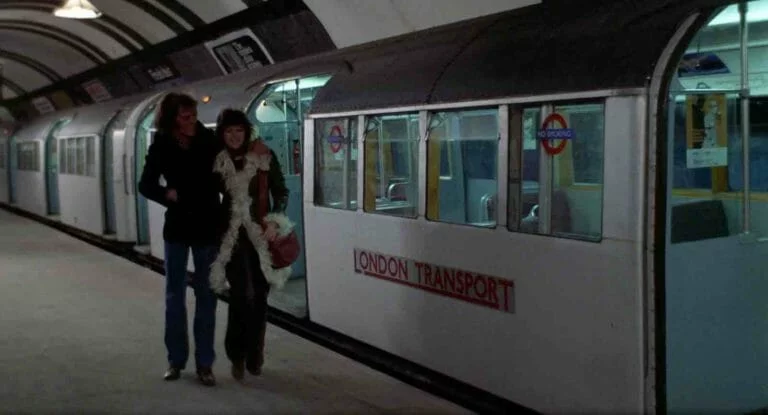
Warren Street / IMDB / Blue Underground
Used as the location for the 1972 British horror film, Death Line, which featured a family of cannibals living on the London Underground.
Goodge Street
Not actually on Goodge Street – it’s closer to Tottenham Street, and Whitfield Street.
Tottenham Court Road
Was originally called Oxford Street (before Oxford Circus opened).
Leicester Square
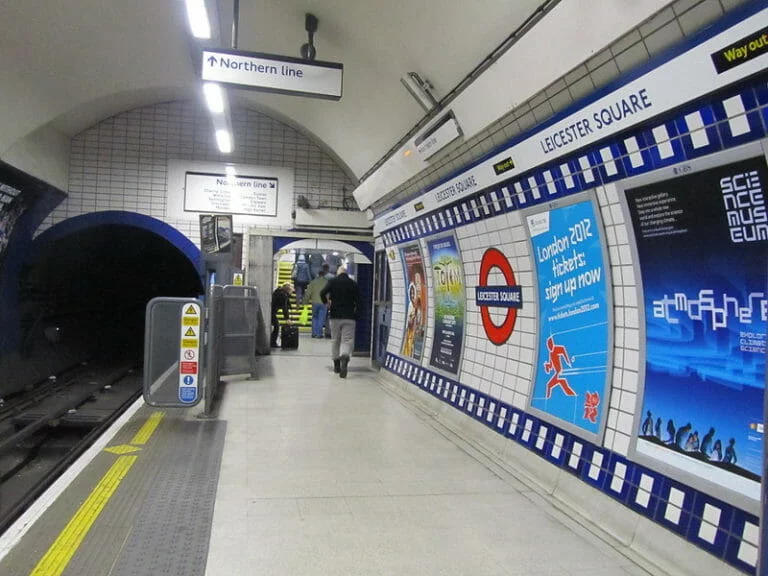
flierfy / Flickr
On all four platforms, film sprockets are painted down the entire length and on the top and bottom of the display area (blue on the Piccadilly line platforms, and black on the Northern line platforms), due to the four premiere cinemas in Leicester Square.
Charing Cross
Modern day Charing Cross is an amalgamation of two old stations: Trafalgar Square and Strand.
Embankment
Has a huge, empty substation attached to it, abandoned since 1957. Called ‘Pages Walk’ it’s behind a blast door in the station, and is so large it’s been proposed as a possible nightclub location.
Waterloo
Has 23 escalators, the most of any station on the network, more than twice as many as there are in The Shard.
King’s Cross St. Pancras
Has the shortest lift shaft on the network, at just 2.3 metres.
Angel
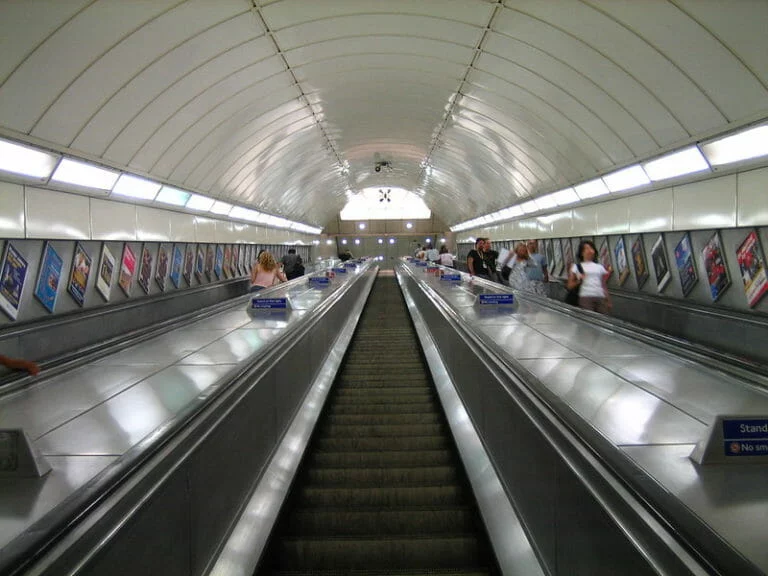
Simon Laird / Flickr
Has the Underground’s longest escalator at 60m/197ft, with a vertical rise of 27.5m.
Old Street
It’s buried in soil so acidic that the cast iron tunnel linings had to be replaced in the ’90s due to corrosion.
Moorgate
Has a virtually unknown second underground line which starts here – the Northern City Line runs from Moorgate to Finsbury Park.
Bank
Has the most entrances/exits of any tube station, with 12.
London Bridge
Is the only station on the entire London Underground network with the word “London” in its name.
Borough
Was essentially a replica of Kennington station, when it was first built.
Elephant & Castle
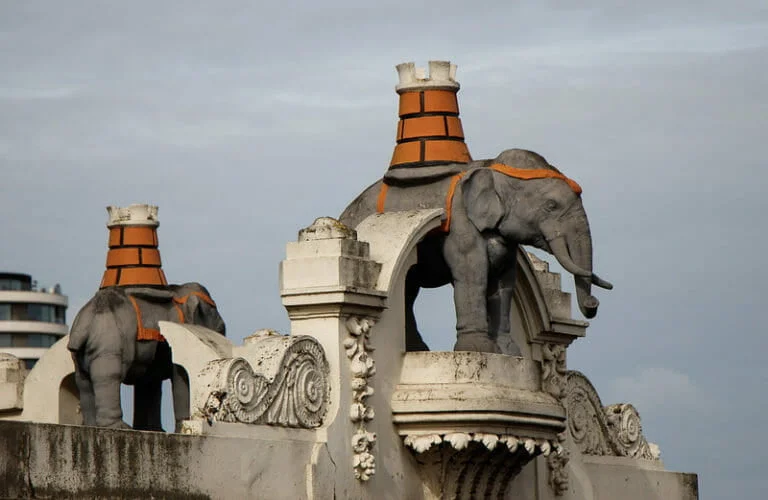
Tim White / Flickr
Named after a nearby pub, which itself was name-dropped in Shakespeare’s Twelfth Night.
Kennington
Stay on a terminating Northern line train heading south at Kennington and you’ll go round in a loop, arriving back at Kennington and heading north. People who are drunk/asleep have been known to end up in Edgware, rather than in Morden.
Oval
The first railway station to employ electrified tracks in London.
Stockwell
Just below the station platforms, there is an air raid shelter comprised of two tunnels, both six times the length of the platforms themselves. They’re currently used as a secure archive.
Clapham North
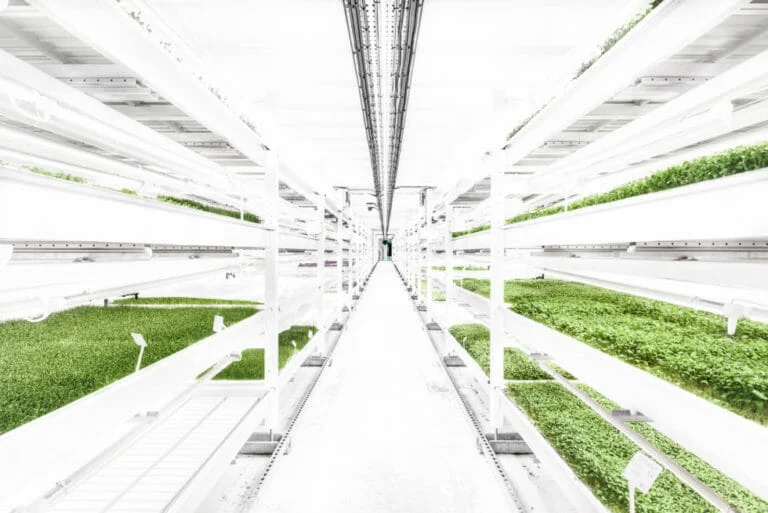
Martin Cervenansky
Was the test site for the UK’s first underground farm, housed in its deep level bomb shelter. The company now grows food under Clapham High Street.
Clapham Common
For 2 weeks in September 2016, all of the adverts used in the station were replaced by photos of cats.
Clapham South
The station was originally to have been called ‘Nightingale Lane’, and this name still exists hidden behind the blue bars on the platform roundels.
Balham
Balham is the only Underground station that doesn’t have any of the letters of the word ‘underground’ in it.
Tooting Bec
Has a crater on Mars named after it.
Tooting Broadway
The big statue of Edward VII at the entrance was paid for entirely by the public when it was made in 1911.
Colliers Wood
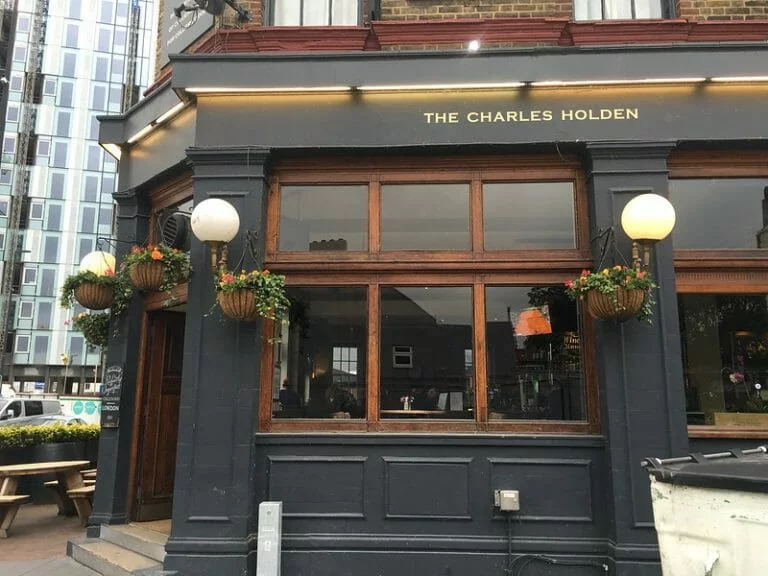
Secret London 123 / Flickr
The pub opposite is named after the architect who designed the station itself, Charles Holden.
South Wimbledon
Opening in 1926, the originally proposed name was Merton Grove, but it was renamed South Wimbledon to try and sound classier.
Morden
Is the start of the longest tunnel on the Underground network, running 27.8 kilometres (17.3 mi) to East Finchley via the Bank branch.
Check out the other lines right HERE.
